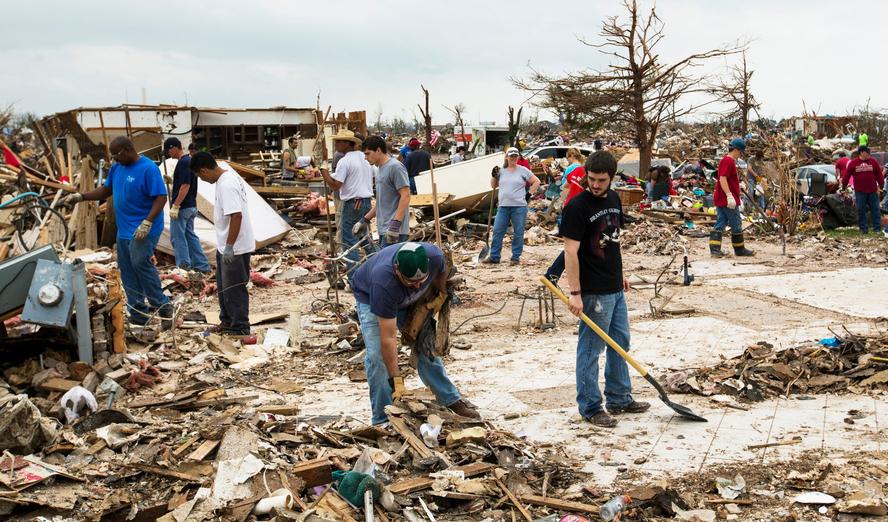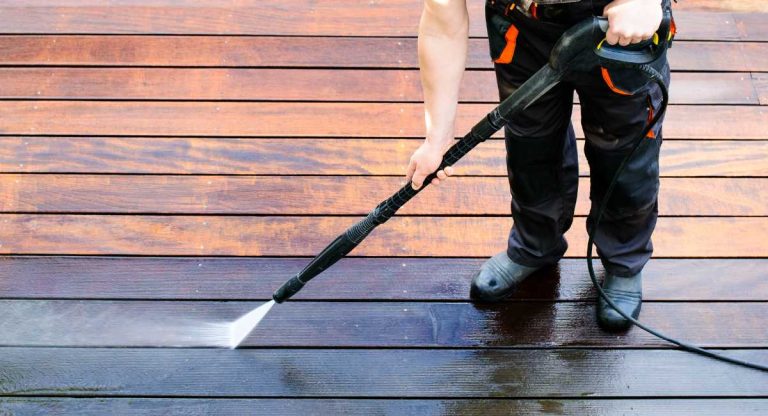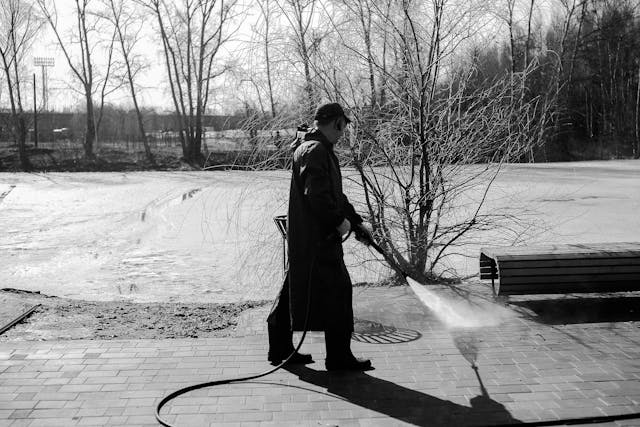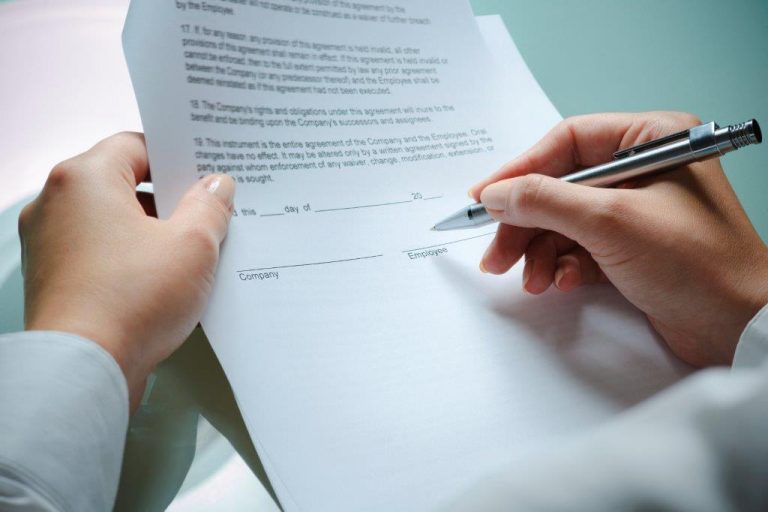
After a flood, hurricane, wildfire, or other disaster, the cleanup process can be overwhelming. Mud, debris, mold, and contaminants cover everything from walls and walkways to parking lots and siding. In these moments, power washing becomes more than just cosmetic—it’s a critical part of safe recovery. 💧⚠️
Hiring a power washing service for post-disaster cleanup can help you reclaim your property safely and efficiently. But not every pressure washing company is equipped for the scale, urgency, and hazards of disaster recovery.
Here’s what you need to know when hiring a professional crew after a flood or other major event.
💥 Why Power Washing Is Vital After a Disaster
Natural disasters leave behind more than visible mess—they often introduce hazardous materials and unsafe conditions that must be properly removed.
Common issues power washing helps address:
- ✅ Mud and silt buildup on walls and walkways
- ✅ Contaminated floodwater residue on driveways and siding
- ✅ Mold, mildew, and algae growth 🌿
- ✅ Oil, fuel, and chemical spills from disrupted systems
- ✅ Soot, ash, and debris after fires 🔥
- ✅ Animal or pest waste in standing water areas
- ✅ Biohazards from sewer backups or graywater
Without prompt, professional cleaning, these contaminants can pose health risks and cause permanent damage to your property.
🧼 What Can Be Cleaned Safely After a Disaster?
With the right tools and techniques, power washing can safely clean a wide range of surfaces impacted by disasters:
| Surface/Area | Can Be Cleaned? | Method Used |
|---|---|---|
| Concrete and asphalt | ✅ Yes | Hot water + degreaser |
| Brick and siding (non-wood) | ✅ Yes | Medium pressure rinse |
| Wood decks or fences | ✅ With care | Soft wash + mold treatment |
| Garage floors or basements | ✅ Yes | Disinfect + surface clean |
| Outdoor furniture & structures | ✅ Yes | Mold/mildew removal |
| Crawlspaces | ⚠️ Sometimes | Specialty service only |
| HVAC units or electrical panels | ❌ No | Must be handled by technician |
Always have the property assessed by a professional before beginning cleanup to avoid worsening damage.
Browse Amazon Here For Top Rated Power Washers And Accessories
💬 Questions to Ask Before Hiring
Not every power washing company is trained for disaster scenarios. Be selective and ask:
- “Do you specialize in disaster or post-flood cleanups?”
- “Are your technicians trained in mold and biohazard safety?”
- “Do you offer emergency or same-day service?”
- “Can you provide proper wastewater containment?”
- “What types of disinfectants or cleaners do you use?”
- “Do you have experience working with insurance claims?”
- “Can you supply photos and reports for FEMA or adjusters?”
If the company hesitates or lacks these answers, look elsewhere. ⚠️
🛠️ Tools and Techniques for Disaster Cleanup
The right contractor will bring more than a pressure washer. Look for companies with:
- Hot water pressure washers for sanitizing contaminated surfaces
- Eco-friendly but strong disinfectants to kill mold and bacteria
- Surface cleaners to ensure even, streak-free results
- Wastewater recovery systems to prevent runoff contamination
- Protective gear and respirators for techs in hazardous areas
- Generators or tank-fed systems for sites without utilities
For severe mold or sewage contamination, they may partner with remediation specialists. 🤝
🧯 Safety Comes First
After a flood or natural disaster, safety is paramount. A professional power washing company must:
- Avoid turning on or spraying damaged electrical panels
- Be cautious around unstable structures or cracked surfaces
- Protect themselves with gloves, boots, and respirators
- Use EPA-approved cleaners for biohazard cleanup
- Contain all runoff and prevent contaminating drains or groundwater
- Follow OSHA safety protocols at all times
Cleaning up should never put your property—or people—at more risk. 🛑
📅 When to Schedule Service
Timing matters. You’ll want to wait until water has receded and the area is structurally safe, but act fast enough to prevent mold and rot.
Suggested timeline:
- Immediately: Remove standing water and call for cleanup
- 24–48 hours post-flood: Begin pressure washing hard surfaces
- Within 72 hours: Mold begins to grow—address this quickly
- Within 7 days: Clean and sanitize everything to prevent long-term issues
Some companies offer priority scheduling for disaster clients—ask about availability early.
💵 What It Might Cost
Post-disaster power washing tends to cost more due to:
- Emergency response times
- Hazard pay or PPE needs
- Biohazard cleaning requirements
- Heavy mud or debris removal
- Coordination with insurance or FEMA
| Cleanup Type | Estimated Cost |
|---|---|
| Residential driveway & sidewalk | $250 – $600 |
| Full house exterior (post-flood) | $800 – $2,000 |
| Basement or garage cleanup | $500 – $1,500 |
| Commercial property disaster cleanup | $2,500 – $10,000+ |
| Emergency response surcharge | +$200–$500 |
Most insurance policies will cover some or all of the cleanup if you document properly.
📸 Documentation for Insurance or FEMA
A reputable power washing company should provide:
- Before/after photos
- A list of surfaces cleaned
- Description of detergents and disinfectants used
- Invoice with service codes
- Wastewater handling or disposal log
- Any OSHA or EPA compliance paperwork
This documentation can be critical for reimbursement or grant assistance.
🌟 Final Thoughts
When disaster strikes, the road to recovery can feel long—but having the right cleanup partner can make it a little smoother. 🧼
Hiring a trained, responsive power washing service ensures your property:
- Is safe and sanitary
- Meets insurance or FEMA standards
- Looks better—and recovers faster
- Avoids further damage or contamination
- Is restored with care and urgency
Choose a company that doesn’t just clean—they understand the context and urgency behind disaster recovery. 💪
Because in moments like these, you don’t just need clean surfaces—you need peace of mind. 💧🧽
Browse Amazon Here For Top Rated Power Washers And Accessories






